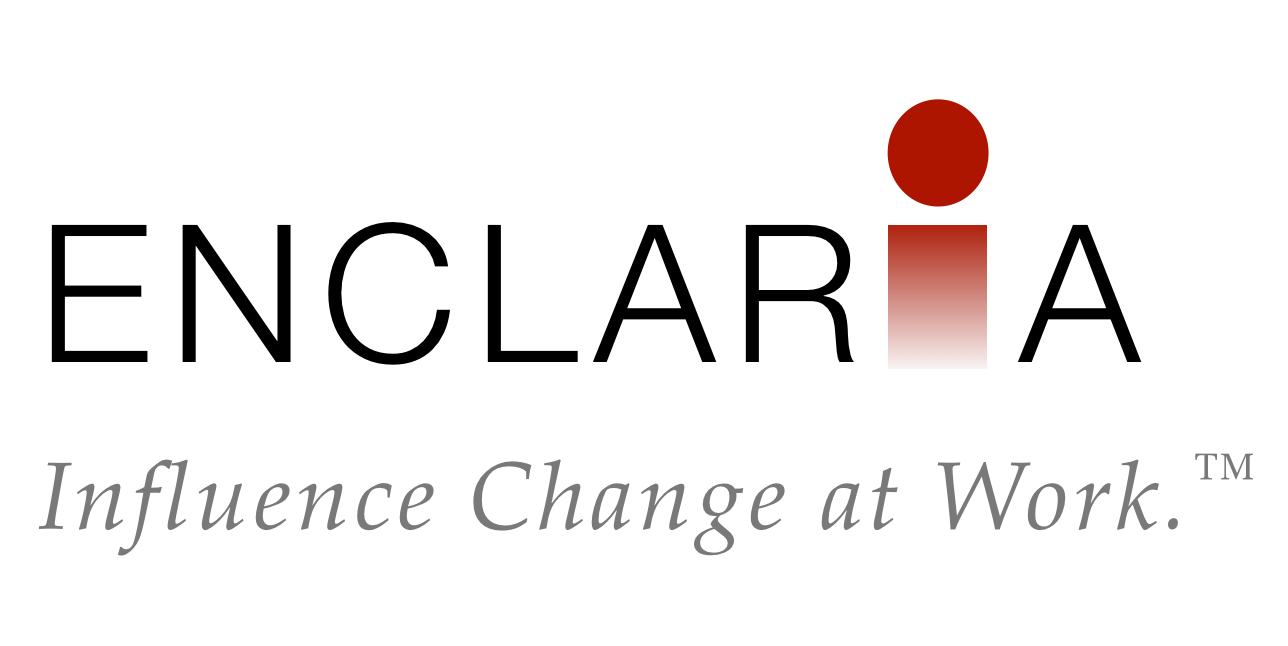If you read enough books or attend enough training on leadership and change management, you start to realize they all say essentially the same thing. But if everyone knows how to do it, then why does it still feel like pushing a huge boulder uphill? Why do more than two-thirds of change initiatives fail to meet expectations?
Most change management methodologies cover the basics: Leaders need to walk the talk. You need to have a clear vision. Communicate a lot. Set goals. But even the most detailed change management programs are missing a key piece. Unfortunately, leaving it out is what leaves change agents at times wondering why their efforts seem futile.
To illuminate the missing piece, let’s look at three main stages to figuring out how to change your organization:
1. Clarify what needs to change
Before you can figure out how to change your organization, you must determine what needs changing. This step involves understanding the current situation and why it needs to change, and determining where the organization should go. Use assessments, surveys, and other data analysis to identify obstacles, challenges and opportunities. Then, clarify what needs to change and plot the course. Some of the outputs for this step are the vision, the strategy, desired results, and necessary behaviors.
2. Develop structural influence methods
Once you know what needs to change, then you can start to design structural influence methods: the systems, tools and processes that cause and reinforce change. These are the formal things you install in the organization.
For example, to execute a strategy (Step 1), you might implement a Balanced Scorecard program (Step 2). If you want to improve employee performance (1), then you might create a new performance management system (2). If you want to increase productivity (1), you might install new software, or put together a process improvement effort (2). Each of these systems will likely drill down further into new processes, forms, meetings, training, internal communication, incentives and others.
Typically, these are the things we call change management. If change happened as a result of only structural influence methods, then it would be easy! But, there’s a piece missing:
3. Leverage personal influence
Personal influence is what sets change in motion. Often, people who implement change stop around Step 2; they figure if they build the system, then everyone else will use it on its own merits. But, the structural influence methods only work if employees and managers use them, and properly at that.
For example, if you are implementing a Balanced Scorecard, it may take some time and effort, but it typically won’t take much personal influence to get people to fill out the information on the scorecard. The real challenge begins with getting individuals to use the scorecard to manage and improve their performance.
Skillful change agents will watch out for signs of resistance and even foresee and preempt them. They understand how to gain support and participation from leadership and others. They carefully navigate the potentially awkward, uncomfortable, uncertain moments where meaningful change really happens.
Organizational change happens as a result of installing structural influence methods that are implemented successfully as a result of personal influence. The structural influence methods are the real change that is being managed. If you can get people to use the systems, processes and tools correctly, the change will likely happen. The bulk of your effort as an effective change agent is spent using your personal influence to get individuals to build and use the systems that will cause the organization to change.
Would you like to be more influential? Click here to learn how we might work together to lead change in your organization.
